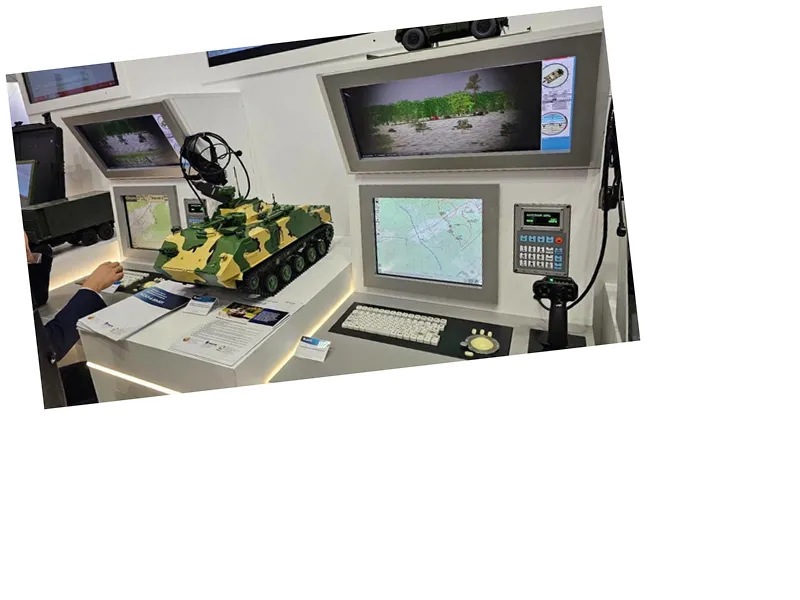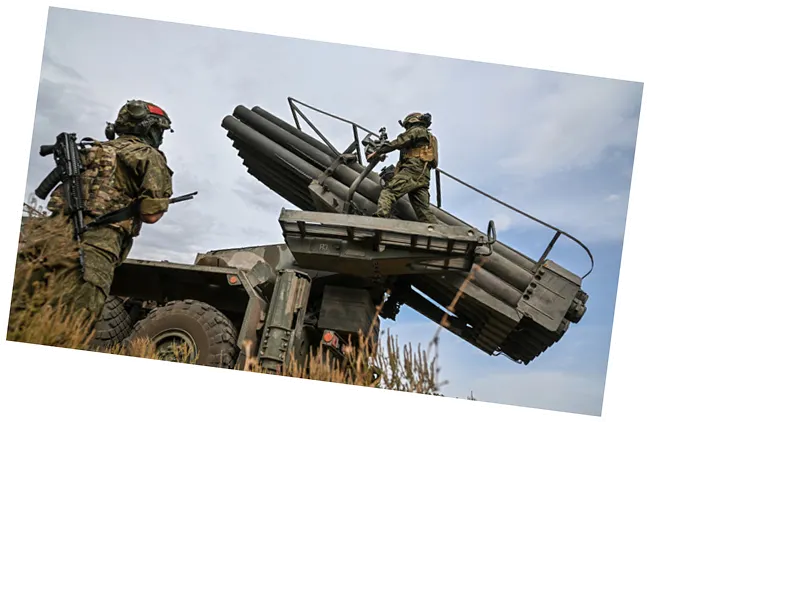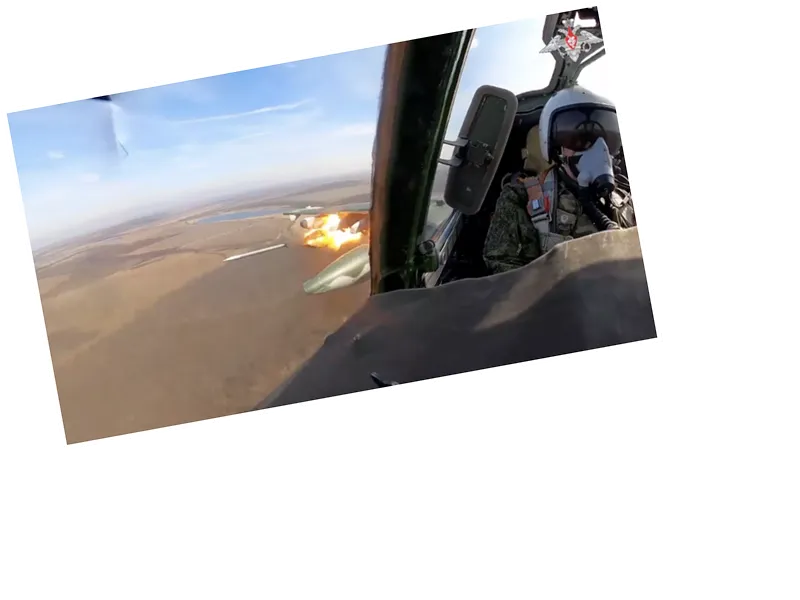The Ruselectronics holding, part of the Rostec state corporation, recently showcased the impressive capabilities of the Zavet-D automated fire control system for airborne artillery at the Army-2024 forum. This advanced system is designed to enhance the operational efficiency of artillery units by automating critical processes involved in combat and landing operations. The Zavet-D system allows commanders to prepare for engagements swiftly, significantly reducing the time required to plan and execute combat operations. According to the company, planning for an artillery division can now take as little as seven to twelve minutes, while targeting stationary objects can be achieved in a mere six to ten seconds. This rapid response capability is crucial in modern warfare, where every second counts.
The Zavet-D system is a modern replacement for the outdated Soviet mobile reconnaissance and artillery fire control station 1B119 'Rheostat.' Developed by the Penza Scientific and Production Enterprise 'Rubin,' the new system is reported to increase the efficiency of artillery use in airborne forces by 1.5 to 2 times. General Director Alexey Danilov emphasized the importance of automated military equipment, stating that the Zavet-D complex automates the operations of command and observation posts, enhancing the control over artillery battalions and mortar batteries. The system comprises a command and observation vehicle, command staff vehicle, and a range of portable systems, all designed to improve combat effectiveness.
One of the standout features of the Zavet-D is its advanced optical-electronic reconnaissance capabilities, which allow it to detect targets up to 7 km away and recognize them at 5 km. This is complemented by real-time data sharing from reconnaissance units and drones, enabling the system to classify and prioritize threats quickly. The Zavet-D can communicate over distances of up to 100 km, ensuring that vital information flows seamlessly between various command levels. This capability not only enhances the effectiveness of artillery systems but also allows for coordinated operations involving tanks and anti-tank weapons, thus streamlining the entire combat process.
Military experts have praised the Zavet-D for its ability to minimize ammunition waste by coordinating target destruction efficiently. Retired Colonel Viktor Litovkin noted that the system dramatically reduces the time needed for firing data preparation, allowing artillery units to react swiftly to threats. Similarly, Reserve Lieutenant Colonel Oleg Shalandin highlighted the complex's capability to recognize targets effectively and transmit commands rapidly, thus enhancing the decision-making process in artillery engagements. As Rostec continues to invest in research and development, the Zavet-D is poised to become an essential component of modern military operations.
- The Zavet-D system is not just a technological upgrade; it represents a strategic shift in how airborne artillery units operate in the field. By automating many of the traditional manual processes, it allows personnel to focus on tactical decision-making rather than getting bogged down in the minutiae of data collection and target acquisition. This transition to automation is part of a broader trend in military modernization, where efficiency and speed are paramount in achieving operational success.
- Furthermore, the ability to engage multiple targets simultaneously—up to 20, as stated by Rostec—illustrates the Zavet-D's capability to handle complex battlefield scenarios. This feature is particularly vital in environments where threats can emerge from multiple directions, requiring a coordinated and rapid response from artillery units. The emphasis on reducing decision-making time is a critical factor in modern warfare, where adversaries often operate with similar technological advancements.






